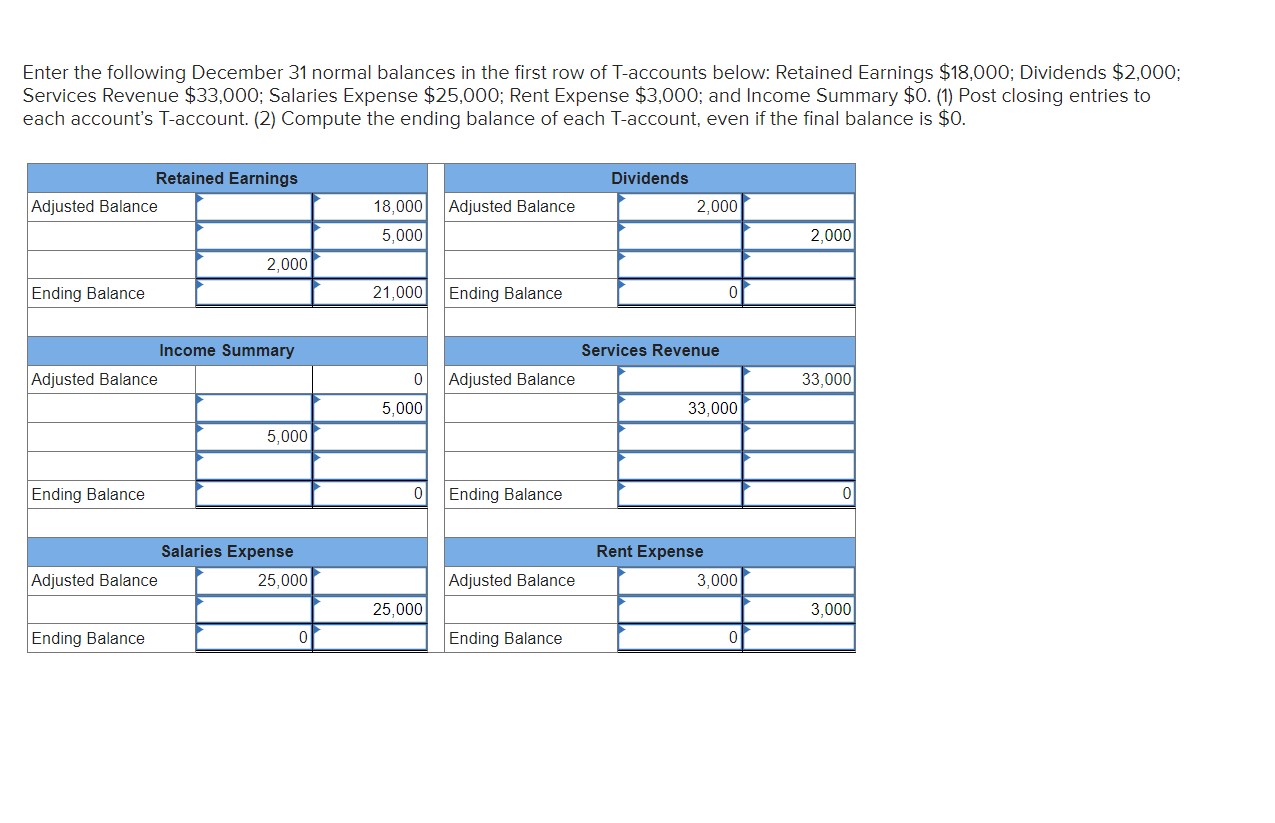

Finance
Revertible Bonds Definition
Published: January 20, 2024
Learn the definition of revertible bonds in finance and understand how they can be used to provide flexibility in investment strategies.
(Many of the links in this article redirect to a specific reviewed product. Your purchase of these products through affiliate links helps to generate commission for LiveWell, at no extra cost. Learn more)
Understanding Revertible Bonds: A Powerful Tool for Finance
Finance can be a complex and ever-evolving field, with a multitude of investment options available to individuals and institutions alike. Among these options, one that often goes unnoticed is the revertible bond. In this blog post, we will delve into the definition, benefits, and key takeaways of revertible bonds, shedding light on this powerful financial instrument.
What are Revertible Bonds?
A revertible bond, also known as a reverse convertible bond or reverse exchangeable bond, is a type of hybrid security that combines the features of a traditional bond and an option. It offers investors a way to gain exposure to an underlying asset, typically a stock, while providing regular coupon payments like a bond. The key feature that sets revertible bonds apart is the embedded option that allows the issuer to pay back the principal in either cash or the underlying asset at maturity.
Key Takeaways:
- Revertible bonds are hybrid securities that offer exposure to an underlying asset while providing regular coupon payments.
- The issuer has the option to repay the principal in cash or the underlying asset at maturity.
The Benefits of Revertible Bonds
Now that we understand the definition of revertible bonds, let’s explore some of the key benefits they offer:
- Diversification: Revertible bonds allow investors to diversify their portfolios by gaining exposure to a different asset class, potentially reducing risk and enhancing returns.
- Income Generation: With regular coupon payments, revertible bonds can provide a steady stream of income, making them attractive to income-seeking investors.
- Potential for Capital Appreciation: If the underlying asset performs well, the issuer is likely to repay the principal in cash, resulting in potential capital appreciation for bondholders.
- Flexibility for Issuers: Revertible bonds offer issuers the flexibility to repay the principal in cash or the underlying asset, depending on their financial situation and goals.
It’s important to note that while revertible bonds offer these benefits, they also come with certain risks. As with any investment, it’s crucial to thoroughly research and assess the potential risks and rewards before investing in revertible bonds.
In Conclusion
Revertible bonds are a unique financial instrument that combines the features of traditional bonds and options. They offer investors an opportunity to diversify their portfolios, generate income, and potentially earn capital appreciation. However, it’s essential to understand the risks involved and conduct thorough research before investing in revertible bonds.
If you’re interested in exploring different investment options or expanding your knowledge of finance, keep an eye on our blog for more articles like this one. Happy investing!














